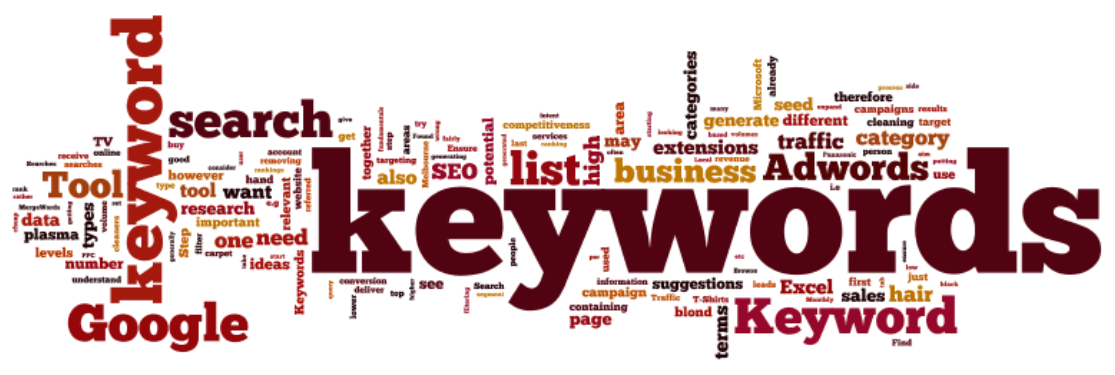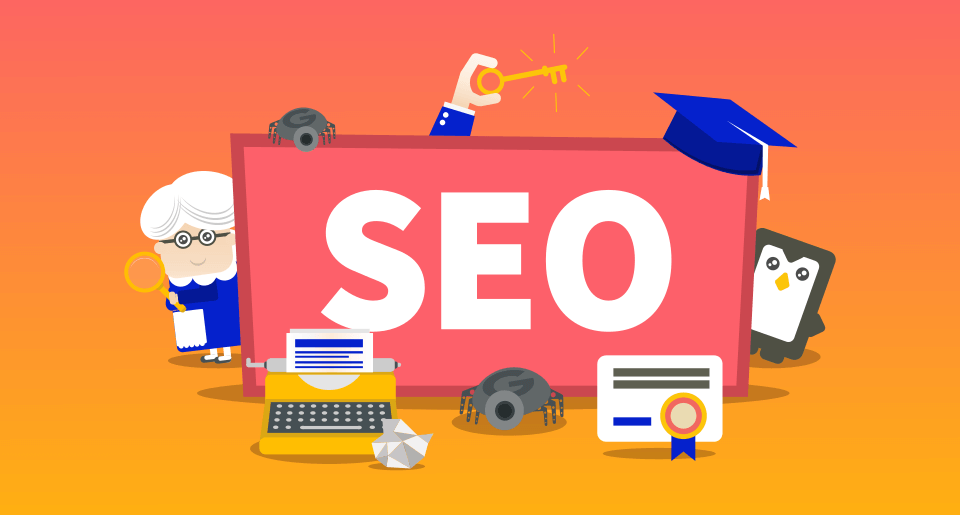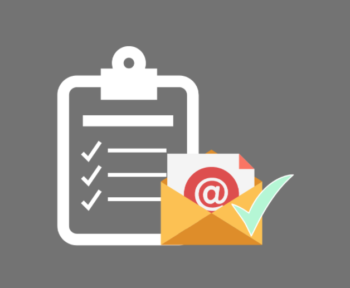In this article, we will discuss SEO Strategy: What are the main components of SEO? To optimize your website’s SEO strategy, you need to consider organic positioning factors in three basic areas:
Table of Contents
The Content
Search engines like Google, in other ways, make money by providing users with search results that contain relevant information and content on a specific topic or issue. Content can appear in a variety of formats: text; Pictures; Video; documents; Files etc.
Therefore, relevant and quality content is, for the most part, a key element of a proper SEO strategy, which allows us to gain authority and visibility.
On the one hand, the content that customers want when searching. Therefore, the more useful content we provide, the more visibility we can gain in searches. Search spiders, on the other hand, use content to determine how to rank a page by matching its relevance and a person’s query.
When robots crawl a page, they determine its theme by analyzing factors such as page length or its structure, which helps them assess its quality. Based on this and other information, search algorithms can compare a person’s query to pages that they think are most relevant to them.
Keyword research

Keyword research is a fundamental process in optimizing the content of our website, as it lays the foundation on which to build them from a maximum of one page = one keyword. The search can be translated as “one page = one meaning“, depending on the robot’s hidden meaning and semantic capabilities.
Through SEO strategy, we attract people who need the content you sell or who are interested in the content you provide, and who have the potential to become leads and/or customers. However, this is only possible if your URLs rank the keywords that people who target you use when searching for content or websites that are likely to satisfy their pain points. If these conditions are not met, you will not be found even if your site appears at the top of the search results pages (at least not in a way that is relevant to you and your potential customer).
That’s why potential buyers begin to create an SEO strategy by finding keywords that go into search engines.
The process begins with identifying the elements and terms of your business and turning them into initial keywords that, after extensive research, must conform to the terms used by your audience. From the list of received keywords, the next step is to optimize the on-page content.
On-page optimization
On-page optimization makes it easier for search engines to understand the topic and keywords on the page to suit relevant searches. The following are the most important on-page optimization steps.
Keyword optimization
Make sure Google (and other search engines) understand what keywords we want to rank this page for. To do this, we must include at least the keywords in the following sections:
The title (or page) of the post. Ideally, we should keep it as close as possible to the beginning of the title. Google rates word better at the beginning of titles.
URL. The web address should contain keywords, preferably nothing more. It is convenient to remove empty words (stop words) such as articles, pronouns, prepositions, etc.
H1 tag. In most CMS this tag displays the page title by default. However, it is worth checking that our platform does not use a different configuration.
The first 100 words of the content. Using the keyword at the beginning of our blog entry or webpage confirms to Spider that it is the content of the page.
Meta title and meta description tags. Search engines use these two pieces of code to display their listings. They show the meta title as the title of the search list. The meta description below provides content for the short statement. But most of all, they use both to better understand the content of the page.
Image file name and ALT tag. Search spiders only see the graphics file name on a page (they already have the ability to translate images, but it still has a lot of resources and Google spiders are not likely to get tired of it yet). Generalized in these works). Therefore, at least one image must contain a keyword in the file name.
The ALT tag displays text instead of a browser image for visually impaired users. Because the image code contains the ALT tag, it can also be used as a relevance indicator by search engines.
Semantic keywords. They are variations or synonyms for the keyword that goes to the page. Search engines use them to better identify your relevance. The text content of the page is the main factor in providing meaning. However, other factors reinforce this: the site’s global semantics; The economics of its category or web structure; the Words of the author; the Semantics of multimedia content, and the economics of external and internal pages associated with it.
Major components of on-page optimization that are not keywords related
External Links to other relevant pages related to the topic will help Google better rank the content, in addition, provide a better user experience and make the page a valuable resource.
Internal links: These links help you better identify search queries by allowing them to find and crawl other pages on your site and show semantic links between different pages. In helping you. Generally, it is advisable to add at least 2 to 4 internal links to each blog post.
Content extension: Longer content is better because if done correctly, a longer post will always have more in-depth information on the topic.
Media: When not needed, media elements such as video, graphics, schematics, and audio enhance the live time by indicating page quality and content that is interesting and valuable to them.
Technical SEO

For its proper state, your website must be accessible only to robots, spiders, and search engines with URLs, with or without logins, and URLs must be unique and accurate.
Next, the web crawlers must scan it to understand its content and identify keywords.
Finally, crawlers need to add your website and its content to its index. An index is a database of all the content you find on the web. That way, you can consider viewing your site for your algorithm-related questions.
Spider-Bots are programs designed to scan the web by reading and categorizing HTML code and text. They “jump” from link to link, so we need more and more links from other sites and from our sites so that the web crawlers can come to us, survive and collect everything. The more authority a website has, the longer it will have to index it. If there are too many jumps and the URL does not have adequate rights, the latter will not be indexed.
A Technical SEO is also known as on-site optimization is implemented. This will allow Google and other search engines to scan and index your website and its pages without any problems.
The most important factors affecting the technical configuration of your site are:
Navigation and links
Search engine crawlers go down to a page and use links to find other content for analysis. They do this through the text and HTML structure of the pages. If they can’t read images right now (or have to spend a lot of resources to do so), it’s a good idea to design your navigation and links text-only. Ensuring that web spiders reach the entire content of our site with a few links jumps is a very important technical element in the configuration of our SEO strategy.
A simple URL structure
Search spiders do not like to read long strings of words with complex structures, they get tired. Therefore, it is convenient to keep the URLs as short as possible, by configuring them to be less than the main keywords that created the page.
Page speed
Search engines use load times as an indicator of quality. There are many elements on the site that affect it: image size, additional CSS elements, JavaScript, etc. You can use the Google Page Speed Insights tool for instructions on how to improve your site.
Dead links or broken redirects
Deadlink sends your visitors to a non-existent page. A broken link indicates a resource that no longer exists. Both provide poor user experience and damage the index of your content by search engines.
Sitemap and robots.txt file *
A sitemap is a simple file listing all the URLs on your site. Search spiders use it to identify pages that need to be crawled and indexed. The robots.txt file, on the other hand, tells search engines whether to index any content. For example, specific policy pages that you do not want to appear in searches. Be careful though! Poorly created robot file spiders can prevent you from accessing your entire site.
Duplicate content
Content similar or very similar to other pages can confuse the web bots, sometimes making it very difficult for them to decide what content to display in search results. For this reason, search engines may view exploit or duplicate content as highly negative, impose fines on entire websites, and ban them from search results when they are found.
Link Building

As we have seen, relevance and authority are two fundamental factors in listing and categorizing a page. In order to provide the most relevant answers to users, Google and other search engines prioritize the pages that are most relevant to their queries and the number and quality of links are one of the main indicators of popularity.
Backlinks
Backlinks are references to your URLs on other websites. Every time another site mentions you and points its readers to your content, you get a backlink to your site.
The website uses the quantity and quality of Google backlinks as an index. The underlying logic is that webmasters refer to high-quality, well-known websites rather than websites that are considered mediocre. Although not all links are created equal, those considered to be of low quality may have a negative effect on the ranking of the page and maybe banned if extensive backlink purchasing practices are found.
Link quality component
As mentioned above, Google may trust that low-quality or questionable links, for example, were deliberately created to make the site appear more official, and ultimately penalize your ranking. So, your job as an SEO is to create the highest quality instructions without falling into the black hat techniques that can find you and harm your customer.
Obviously like the rest of its search algorithms, Google does not specify what factors determine link quality. However, through research and effort, the SEO community has found some of them:
The popularity of the site you are linking to
Any link from domains officially considered by search engines is of high quality, so pointing to your site will improve your ranking.
The relevance of the Site
Links to domains on a subject like yours have more authority than random websites or ones not directly related to the topic.
Domain Authority
Search engines also assess a website’s credibility. Links to more trusted sites will always have a better effect on your ranking.
SEO & Link building
In SEO, link building is the process of getting high-quality new backlinks. To do this well requires creativity, patience, and the adoption of a link-building strategy that gives us the power and positions that search engines do not find as deliberately created. Although buying backlinks is a risky method, there are some types of links that are worth buying without the risk of penalty:
- Sponsored posts, always prioritize quality over quantity;
- Press releases, looking for a presence in digital media;
- Related Links, adding links to the most relevant content;
- Ninja Linking is looking for ways to place links on websites with a lot of authority and background similarity.
The following are other link building strategies:
Organic link: They come from sites that point to your own content.
Exposure: Here we will contact other websites for links. This can be done in a number of ways, for example by creating high-quality content and sending them an email to let them know about it, and gently suggesting that if they value it, point it out.
Developing an SEO strategy
Outlines of developing an SEO strategy Thus, a proper SEO strategy consists of three basic pillars: indexing; Semantics, and Authority. Here are some recommendations from the SEO community in this regard:
Indexing
- Index all your existing products
- Design way for indexing all future products
- Index your categories and tags
- Avoid indexing unnecessary pages
Semantics
- Define keywords for all your products and categories
- Improve content at the product level and page level
- Look for ways to create content that allows you to keep new keywords
- Constantly review the keywords you choose and their results
Authority
- Empower your best products and categories with internal links
- Look for a growth path in trusted natural and paid links
- Look for synergies with your social strategies.
If You really find this information useful. don’t forget to share it with others. Thank You.






2 Comments